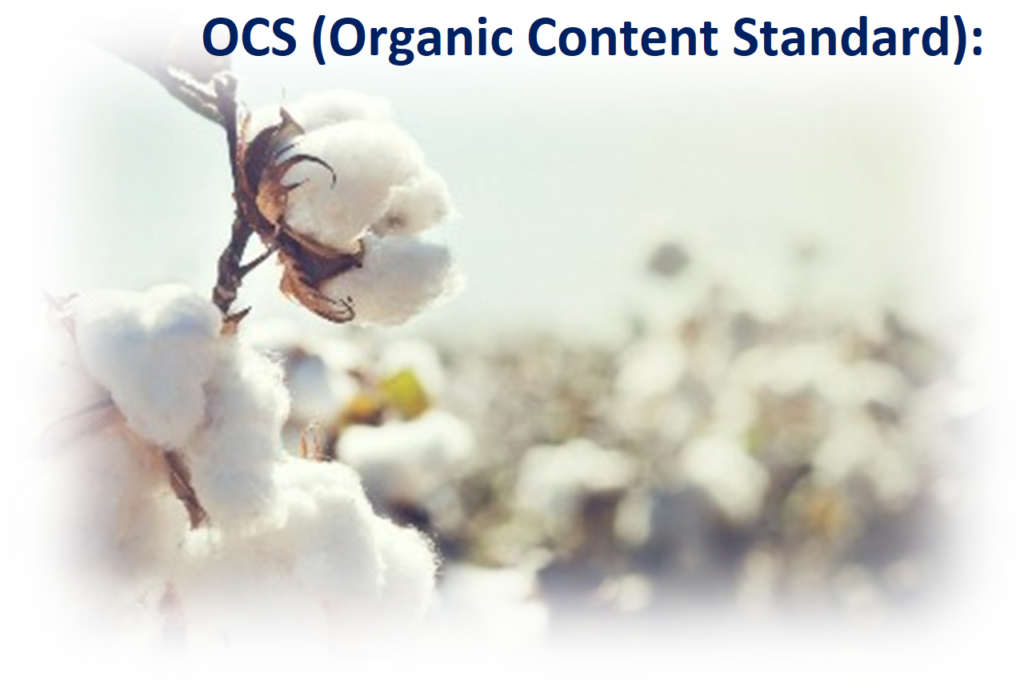Worn Again Technologies, founded in East London in 2005, is focused on revolutionizing the textile industry with innovative recycling solutions. Each year, the fashion industry churns out around 150 billion garments, a staggering 85% of which unfortunately ends up in landfills or incinerators. The reality is that only a tiny percentage of these garments are recycled, and when they are, a significant 99% are processed into lower-quality products. This outdated “produce – use – discard” model generates immense waste and leads to unsustainable resource consumption. Worn Again Technologies is actively working to change this narrative, striving for a more sustainable future in fashion.
How does the technology work?
The technology uses a closed-loop chemical recycling process. Their technology effectively separates, decontaminates, and recovers polyester and cellulose from non-reusable textiles, including dyed fabric and poly cotton blends. A novel method separates elastane and acrylics. The recycled PET pellets are transformed into new PET fibers, while the cellulose is converted into viscose or lyocell.
How the technology fits within a circular value chain ?
Worn Again’s technology plays a crucial role in the circular economy by facilitating the ongoing recycling of textiles and decreasing dependence on virgin materials. It converts non-reusable fabrics into premium raw materials like polyester and cellulose, which can then be used to create new clothing. By eliminating dyes and contaminants, this technology establishes a closed-loop system that significantly reduces textile waste, water consumption, and CO₂ emissions. This innovative approach aligns with global sustainability objectives and supports brands in their dedication to circular fashion.
Worn Again approach to textile recycling is distinct from traditional methods in several key aspects:
| Aspects | Worn Again | Traditional Recycling |
| Process | Chemical separation and polymer recovery | Mechanical shredding and reweaving |
| Contaminant | Remove dyes, coatings, and synthetic blends | Limited in the removal of contaminants |
| Circularity potential | Supports full circular economy model | Partially circular, often leading to waste after reuse |
| End product | Comparable to virgin fibers | Often used for downcycled products (e.g. insulation) |
| Adoption by industry | Supported by major brands like H&M and Kering | Widely used but less advanced. |
Worn Again has made significant strides in sustainable textile recycling. In 2018, the company secured £5 million to advance its polymer recycling technology, addressing textile waste. Most recently, in November 2023, Worn Again announced a breakthrough in polycotton recycling, proving its technology’s effectiveness with complex textile blends.




